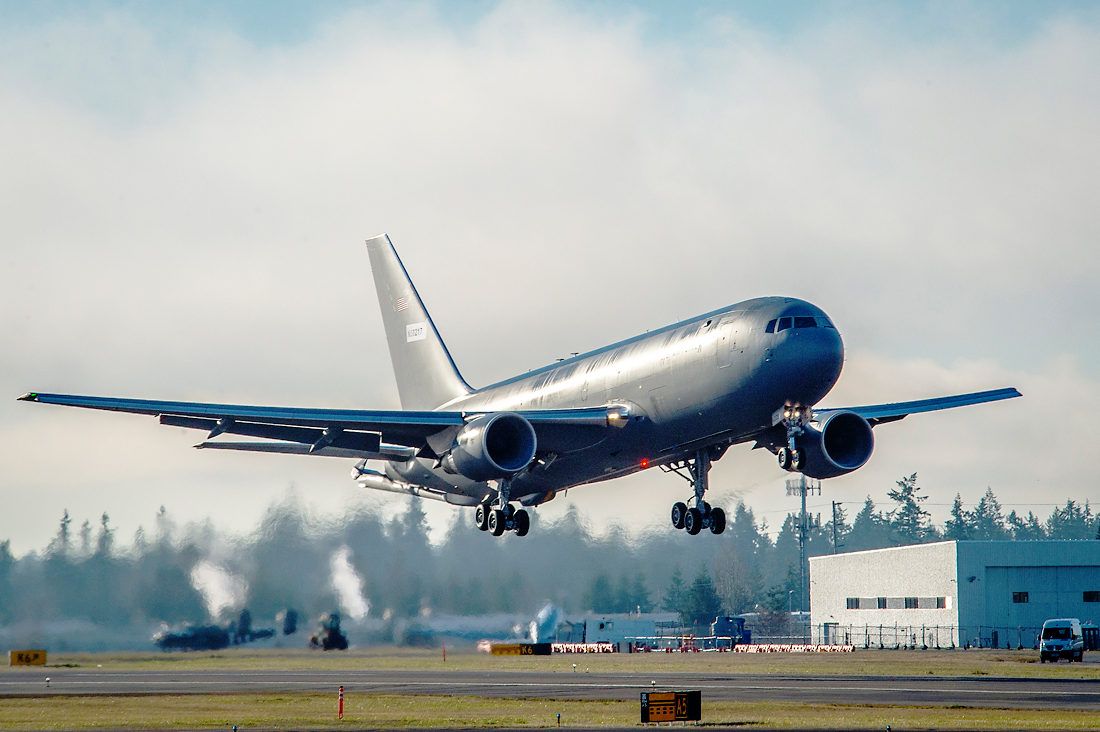The Air Force did not publicly disclose that one-third of its A-10 fleet at Davis-Monthan AFB, Ariz., was grounded for about a week in November while updating some lawmakers behind closed doors on the investigation into physiological events experienced by Warthog pilots at the base.
As this investigation continues, the Air Force has convened a team to investigate unexplained physiological events, including those that grounded the A-10. The team will be led by Brig. Gen. Bobbi Jo Doorenbos with the ultimate goal of preventing physiological events, and will focus on improving aircrew training to recognize these events, according to an Air Force release.
“Maximizing the performance of combat aircraft carries inherent risk, but it is our solemn duty as a service to provide the best equipment and training for our airmen to ensure their safety is never compromised,” said Lt. Gen. Chris Nowland, Air Force deputy chief of staff for operations, who established the team with the goal of addressing unexplained physiologic events and ensuring “prompt implementation of recommendations,” according to the release.
During the week of Nov. 27, two A-10 pilots at the Arizona base reported physiological incidents while flying. One aircraft was outfitted with the Onboard Oxygen Generation System (OBOGS), and the other A-10 was equipped a Liquid Oxygen System (LOX).
The Air Force is in the process of transitioning away from the LOX system, which uses cryogenically held liquid oxygen, to the modern OBOGS system, similar to those in use on other aircraft such as F-16s and F-35s. OBOGS uses filtered, conditioned engine bleed air to generate backup oxygen for the pilot.
“The Air Force takes these physiological incidents seriously and our focus is on the safety and well-being of our pilots,” Davis-Monthan officials said in a statement.
An investigation quickly found that the LOX aircraft’s incident was related to a malfunction with the cabin pressure and oxygen regulator, which was fixed immediately. While investigators looked at the A-10 equipped with the OBOGS system, “we decided not to fly the 28 OBOGS-equipped A-10s” for approximately a week, officials said. The Air Force has 53 A-10 aircraft equipped with OBOGS, all are based at either Davis-Monthan or Whiteman AFB, Mo.
The other 228 aircraft are equipped with LOX, according to the Air Force.
The 442nd Fighter Wing inspected its entire fleet, and did not find the same issues that Davis-Monthan reported. These inspection results were shared with Air Force Reserve Command, Air Combat Command, and the A-10 System Program Office, 442nd Fighter Wing spokeswoman Emily Alley told Air Force Magazine. Because of this inspection, the wing didn’t change its flight operations.
“After inspection of the OBOGS system, in accordance with technical data, no discrepancies were found that necessitated standing down the 442nd Fighter Wing fleet,” Alley said. “The A-10 combat aircraft of the 442 Fighter Wing are critical instruments of national power. The established processes that identified and inspected the aircraft, confirmed their combat capability and the safety of our pilots.”
As of Monday, Air Force investigators, along with NASA and US Navy officials, have not yet determined a root cause. However, the Air Force has found “how we could better maintain the system” by improving the way it cleans the water separator drain and associated piping to help prevent corrosion, D-M spokesman Capt. Joshua Benedetti said in a statement.
This information has been shared across the Air Force, though no other bases have changed their flying operations. As the grounding was taking place, LOX-equipped A-10s
to Incirlik AB, Turkey, and continued their combat operations against ISIS in Iraq and Syria.
Davis-Monthan’s mission continued with the 57 other LOX-equipped A-10s flying during the stand down. For example, A-10s flew in the annual Cactus Flag exercise beginning Dec. 4 and a base
emphasized the A-10 and its maintenance units ability to maintain readiness.
Air Force liaison officials began briefing members of Congress and staff on the grounding and the investigation on Dec. 5, with updates continuing through early January, a Congressional staff member told Air Force Magazine. The Air Force assured Capitol Hill “they are using every resource” available in this investigation.
The service has publicly announced groundings following physiological events previously, such as Vance AFB, Okla., grounding its T-6A Texans in November after four pilots reported physiological incidents and Luke AFB, Ariz., briefly grounding F-35s in June. However, Davis-Monthan officials didn’t publicly announce this grounding, which was first reported by
, at the time because it was not a “wholesale grounding or stand down” of an entire base or type of aircraft for a day or longer, Benedetti said.
“In this case, the majority of A-10’s at D-M are equipped with LOX so we never had to stop flying or executing our mission while we inspected the OBOGS-equipped aircraft,” Benedetti said.
The grounding did impact more than half of the LOX-equipped fleet, however.
The grounding comes as the Pentagon is changing the way it publicly talks about its readiness shortfalls. In March 2017, the Pentagon’s public affairs office outlined guidance from Defense Secretary Jim Mattis to the services to not “publicly highlight readiness problems.” The Pentagon wanted to move discussion of readiness shortfalls out of the public domain to private meetings with lawmakers, the memo states.
Pentagon spokeswoman Dana White said during a press conference on Jan. 11 that the department is “very clear” with lawmakers, behind closed doors, about readiness and what the Pentagon needs going forward. However, the Pentagon does not “want to telegraph to the enemy” any readiness shortfalls.

